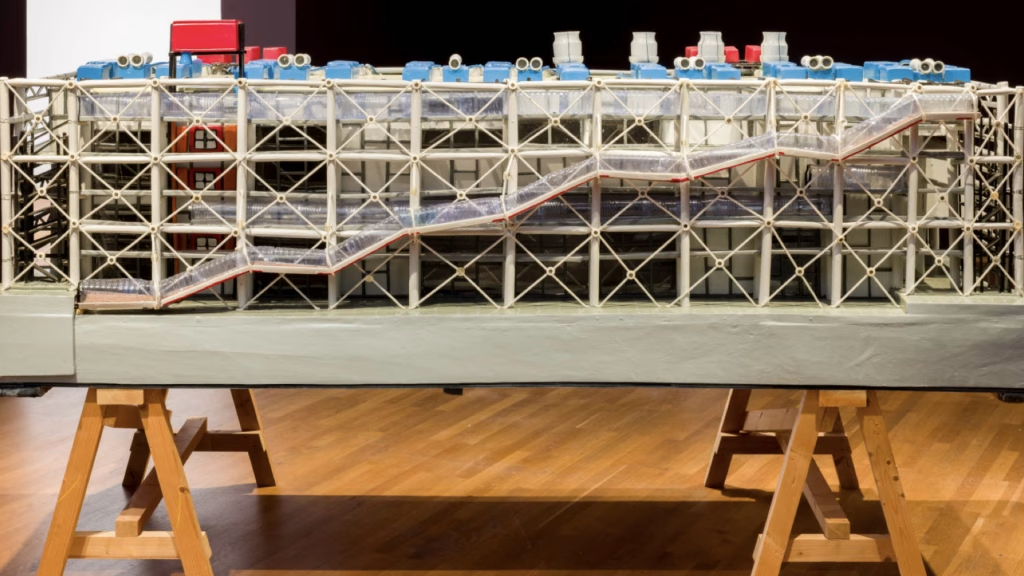2,000-Year-Old Statue Discovery in Pompeii: Male and Female Figures at the Center of Archaeological Focus

Recent excavations at the Porta Sarno Necropolis near Pompeii have uncovered two life-sized statues dating back 2,000 years. These remarkable Roman-era discoveries, with their intricate aesthetic details and well-preserved structures, have sparked significant excitement in the archaeological community. The female statue stands at 1.77 meters and the male at 1.75 meters, positioned side by side but not touching.

The details of the female statue suggest a higher social status compared to an average Roman woman. Adorned with a tunic, cloak, and veil, she wears a lunula necklace typical of married women, hinting at a possible role as a priestess. A laurel branch in her hand, a symbol used in religious rituals, further supports this. The male statue, depicted in a toga worn by Roman citizens, features footwear distinctive to the upper class.
Discovered through a joint project by the University of Valencia and the Pompeii Archaeological Park, the statues have been moved to the Palestra Grande for restoration. They will be displayed at the Being a Woman in Ancient Pompeii exhibition, opening on April 16.























